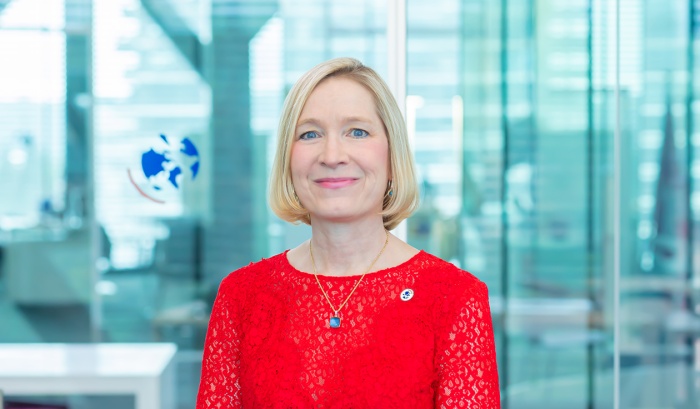Counterterrorism and Preventing Violent Extremism
Terrorism in 2025 is marked by significant shifts in geography, tactics, and technology -- reflecting an increasingly complex security threat.
The Sahel: Terrorism's New Ground Zero
The Sahel region has emerged as the world's deadliest hotspot for terrorism, now accounting for more than half of global terrorism-related fatalities. Since 2019, the number of deaths in the region has increased nearly tenfold, highlighting the growing influence and operational reach of militant groups. Notably, Jamaat Nusrat al-Islam wal-Muslimeen (JNIM) has expanded its activities beyond traditional strongholds into coastal West African nations. This shift was underscored by a deadly attack in Benin in January 2025, signaling the region's deepening instability and the spread of extremist violence.
Escalating Violence in South Asia
Terrorism in Pakistan and Afghanistan is also on the rise, with Pakistan witnessing a 45% increase in terrorism-related deaths—the most significant annual surge in over ten years. This escalation is largely attributed to the resurgence of groups such as Tehrik-e-Taliban Pakistan (TTP) and the Balochistan Liberation Army (BLAoperating mainly in Afghanistan and parts of Pakistan and Central Asia. With the Taliban’s return to power in Afghanistan, the Islamic State Khorasan Province (IS-K) has grown stronger, partly because it opposes both the Taliban and the West. It is taking advantage of the security vacuum taking advantage of the security vacuum, recruiting fighters and carrying out attacks even in neighboring countries like Iran and Pakistan. U.S. CENTCOM and UN reports in 2024 warned that ISIS-K is becoming the "most capable ISIS affiliate" and has the means to conduct important external operations in the near future.
Lone-Actor Terrorism on the Rise in the West
The Institute for Economics and Peace has reported that Western nations are facing a notable increase in lone-actor terrorist attacks, which rose from 32 in 2023 to 52 in 2024. These attacks are often perpetrated by young individuals who have been radicalized through online platforms, frequently drawing from a mix of extremist ideologies rather than aligning with a single cause. Extremist groups are leveraging artificial intelligence to enhance recruitment and propaganda efforts. AI-generated content, including deepfake videos and multilingual propaganda, has increased digital indoctrination efficacy by 29% compared to traditional methods. This trend reflects the evolving nature of terrorism in developed countries, where decentralized radicalization and internet-fueled extremism targeting youth present new challenges for security and prevention efforts.
Digital Currencies Fueling Extremism
Terrorist organizations are increasingly leveraging cryptocurrency to finance their operations, exploiting the anonymity and decentralized nature of digital transactions. In 2024 alone, jihadist groups received an estimated $76 million through micro-donations collected via online platforms. Alarmingly, more than 63% of these flagged transactions remain untraceable due to advanced anonymization techniques, making it difficult for authorities to track and disrupt financial flows. This shift to digital fundraising has provided extremists with a powerful tool to bypass traditional banking systems and international sanctions, further complicating global counterterrorism efforts.
The Evolving Intersection of Criminal Networks and Terrorist Operations
The convergence of organized crime and terrorism has become increasingly evident, as seen in the recent narco-terrorism charges brought against high-ranking Sinaloa Cartel figures. These charges reflect a growing recognition of the blurred lines between criminal enterprises and terrorist objectives, where drug trafficking not only funds violence but also amplifies its reach and impact. This legal action signals a strategic shift in how governments are addressing hybrid threats at the intersection of narcotics and terrorism.
Modern Terrorism is Fluid
The merging of terrorism with advanced technologies like AI and cyber tools, combined with shifting geopolitical landscapes, highlights the urgent need for counterterrorism strategies to evolve. As digital platforms become central to extremist recruitment, funding, and operational planning, it is essential to develop integrated responses that address these threats through technological innovation, legal reform, and broader societal engagement. Compounding the challenge is the growing fragility of states, where weak governance, limited institutional capacity, and political instability create fertile ground for terrorist groups to thrive. Additionally, as many governments increasingly prioritize geopolitical competition over internal security, counterterrorism often takes a back seat—leaving gaps that extremist actors are quick to exploit.

